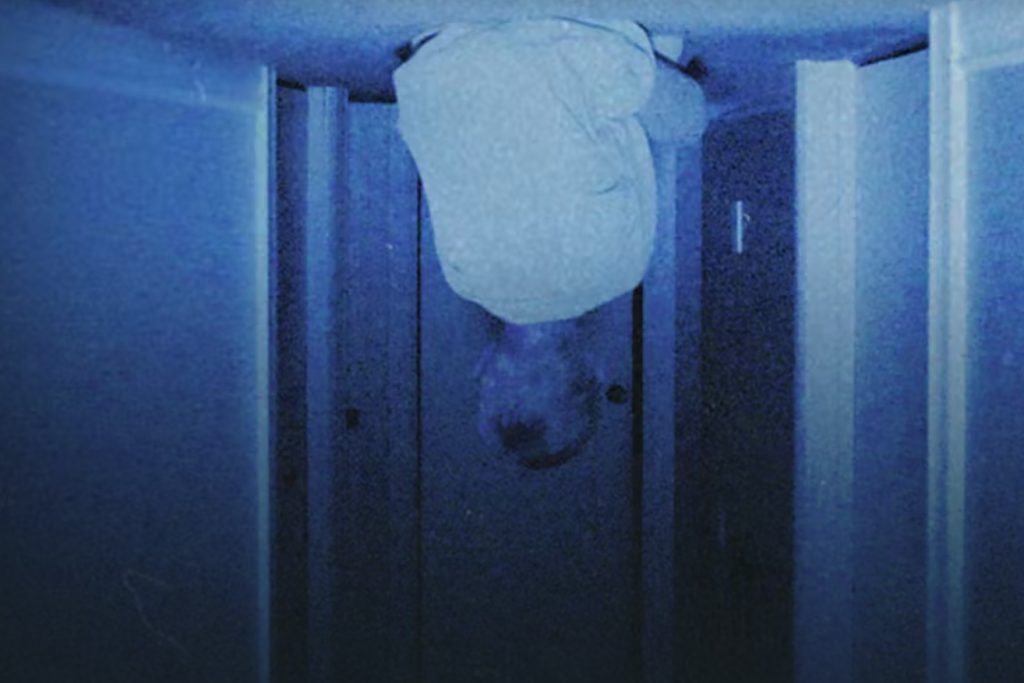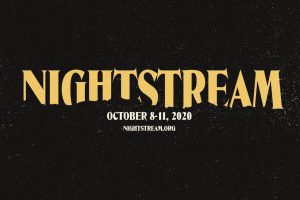Review: “Skinamarink” offers analog horror closer to home
Review: "Skinamarink" offers analog horror closer to home

Normally, people advocate for seeing a film in theaters, with booming surround sound and the largest screen available. With Kyle Edward Ball’s Skinamarink, just the opposite seems to be true. The best way to watch Ball’s indie masterpiece is alone, in the supposed safety of one’s home. Turn the lights off, get into bed and put on a piece of analog horror that will leave you terrified of the very place you used to feel safe in.
With ambient static and film grain evocative of the early ’90s, Skinamarink lets its atmosphere become a character in its story, something almost necessary when the only two named characters are both young children, played by Lucas Paul and Dali Rose Tetreault. While it may begin to remind viewers of something akin to The Blair Witch Project with its experimental qualities and pacing, the film finds its footing fast as something as-yet-unseen. With all of the doors and windows vanishing in an instant and household items disappearing and moving around like a poorly made video game, Skinamarink presents a film that does not merely take place in a haunted house, but rather a house that is haunting its inhabitants.
The prop work cannot be overstated here, maybe it’s a result of being a Canadian ’90s baby, but there is so much to be found in the finer details of the film, if one can stop themselves from looking away. These little details are abundant, demanding tense attention to the screen that carries the film’s minimal dialogue.
The mixed cinematography keeps viewers uneasy, frequently reflecting the untrained perspectives and angles of old home movies. A myriad of low angles and even point-of-view shots serve as a desolating reminder that these protagonists are still children, unable to comprehend or cope with the torture inflicted on them as they find places to hide and desperately seek help from wherever they can – even sources that would deliberately choose to harm them.
The abstraction in Skinamarink serves its intention perfectly, a sometimes cruelly accurate depiction through obfuscation of the unease a child feels when they’ve been hurt when they’ve been left alone and when they have nowhere to go for safety and security.
Headphones are recommended for those watching at home, although even laptop speakers can capture the excellent sound design. In an age where more and more people need captions to hear the dialogue, they come baked into the footage as words are buried into the mix below the static and idle sounds of a house at night. Every creaking floorboard, the barely audible static and whine of sitting too close to a CRT, all find their way into the layers of static already in the footage.
Film enthusiasts and horror fans alike have been drumming up word of mouth for Skinamarink, especially during its limited theatrical release last month. Now that the film has been released to stream on Shudder, it can finally be watched under its ideal, blood-chilling, conditions. It’s been hotly contested on whether many were bored or scared throughout the piece, but one thing remains the same – like it or not, Skinamarink is instantly, intimately, memorable.








